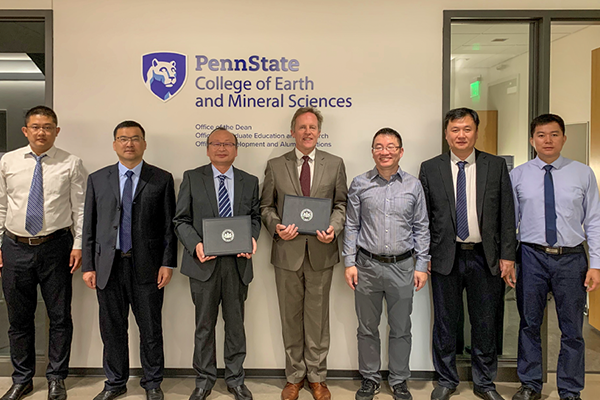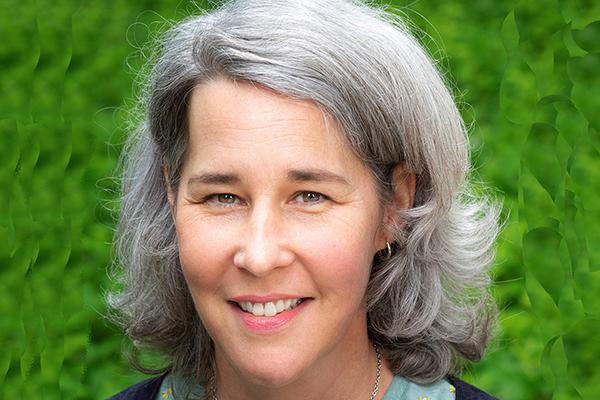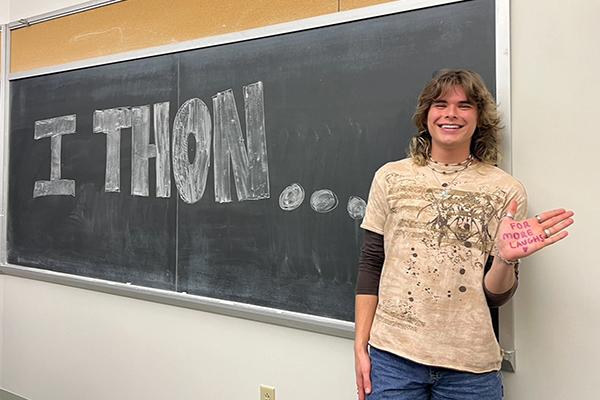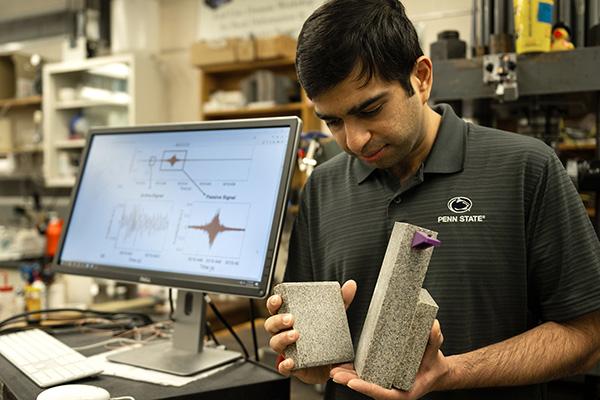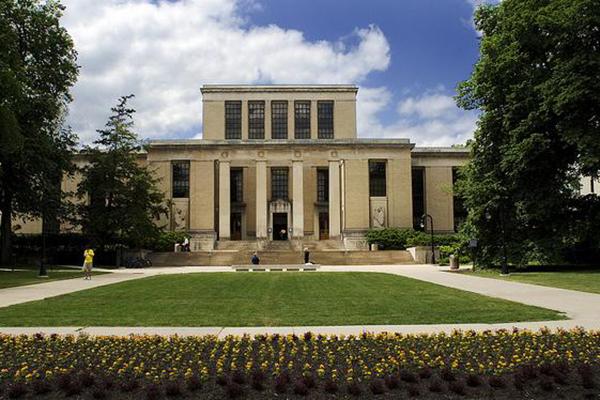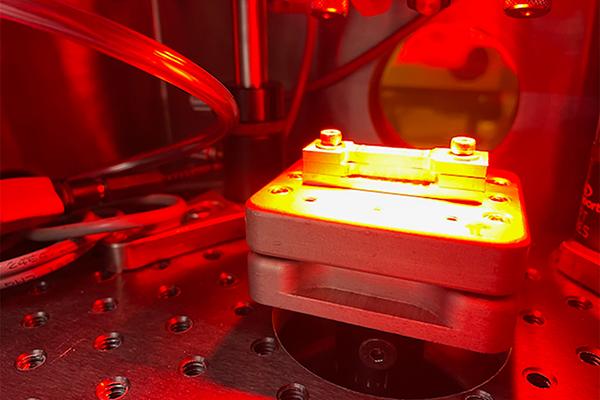Photon-counting CT scanning is the next-generation of computer tomography diagnostics, providing precise, multi-color imaging to simultaneously track biological processes. The Laboratory for Materials in Medicine, led by Dipanjan Pan, the Dorothy Foehr Huck & J. Lloyd Huck Chair Professor in Nanomedicine and professor of materials science and engineering and of nuclear engineering at Penn State, is advancing the imaging capabilities by developing contrast agents to target specific molecules and processes that may reveal more about disease progression than traditional scans.
Maria Scalzi Wherley, learning designer and writer-in-residence at the John A. Dutton Institute for Teaching and Learning Excellence in the College of Earth and Mineral Sciences, was among 16 Penn Staters recognized in the University's regular “We Are!” feature.
Nicolas Choquette-Levy, assistant professor in the Penn State Department of Geosciences in the College of Earth and Mineral Sciences, has joined the faculty of the Institute of Energy and the Environment.
Penn State’s College of Earth and Mineral Sciences and Shandong University of Science and Technology in China have signed a memorandum of understanding (MOU) to pursue collaborative research, teaching and educational opportunities. The goal of the MOU is to strengthen and disseminate research outcomes in environmental and safety sciences and mining engineering.
Pamela Jagger, an applied political economist whose research focuses on the dynamics of poverty and environment interactions in low-income countries, will give the talk, “Pathways to Household Energy Transitions in Africa,” at noon on Wednesday, Feb. 5, in 157 Hosler Building on Penn State's University Park campus. Her talk is part of the spring Initiative for Energy and Environmental Economics and Policy (EEEPI) seminar series and is free and open to the public.
If Luke Snyder could look back on themself just a few years ago, what they see would be unrecognizable.
By refining an artificial intelligence approach to predicting earthquakes in the laboratory, or labquakes, engineers at Penn State are paving the way to one day help forecast natural earthquakes.
The STEM Libraries at Penn State University Park have announced their calendar of workshops and events for graduate students for the spring 2025 semester. The libraries include the Fletcher L. Byrom Earth and Mineral Sciences Library, Engineering Library, Life Sciences Library, Physical and Mathematical Sciences Library and Harrell Health Sciences Library Research and Learning Commons.
Fuel cells offer a form of clean energy across many sectors and are of particular interest in vehicles, where they produce no emissions. The production of fuel cells requires the use of a rapid laser welding process; however, welding at too high a speed results in humping, marked by surface irregularities on the weld seam.
The Earth and Environmental Systems Institute (EESI) EarthTalks spring 2025 series, “Broader Impacts and Community Engagement in Research Design,” will highlight innovative and effective ways for researchers to engage more meaningfully in the research design of public impact activities for earth and environmental systems research.




